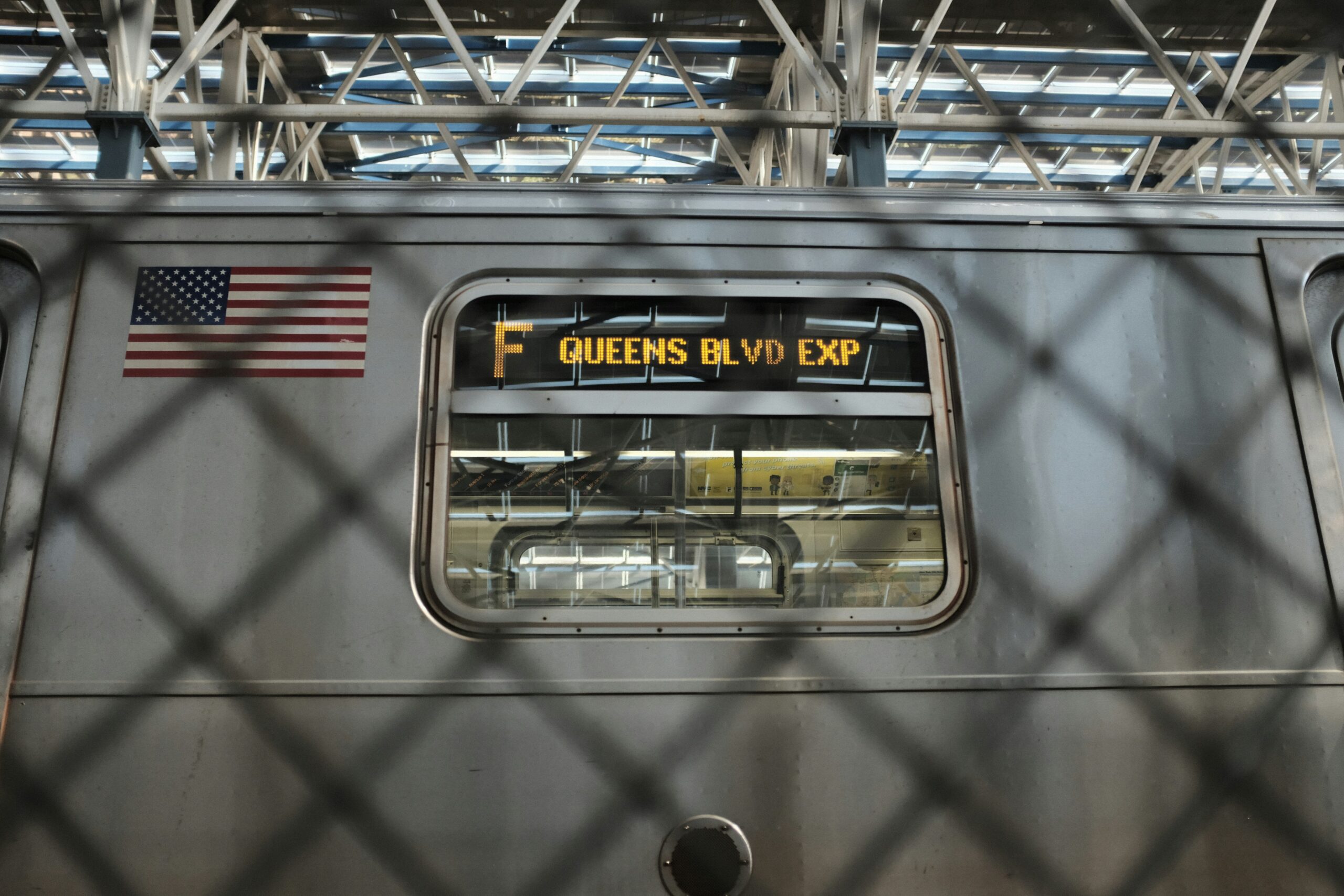
Pumpkins line the stoop of a brownstone in the Brooklyn neighborhood of Carroll Gardens. Photo by Jasmine Brown
Stuart Zagnit exited the Smith Street subway station and walked as quickly as he could toward his apartment on Union Street without drawing attention to himself. He was worried about getting hurt on that side of town, even during the day.
For the last 20 years, Zagnit, 58, has called the Brooklyn neighborhood of Carroll Gardens home. It has changed drastically over the years, and Zagnit has witnessed firsthand the role gentrification has played in the community.
“I think it has been phenomenal for the neighborhood,” Zagnit said. “We used to live on what was considered the edge of funkiness. The projects were very mixed. There was a certain element that was potentially destructive that would come over. That’s changed.”
Now, Zagnit raves about the accessibility and safety of the neighborhood. It has everything you need and is all walkable and safe, he said.
Carroll Gardens, a neighborhood of brownstones, is nestled in between the Brooklyn-Queens Expressway and the Gowanus Canal. It is takes its name from revolutionary war veteran Charles Carroll and the neighborhood’s characteristic front gardens.

Stuart Zagnit pauses while running afternoon errands to take a photo with his West Highland terrier Charlie. Zagnit is an actor and landlord of a four-story brownstone in the Brooklyn neighborhood of Carroll Gardens. Photo by Jasmine Brown
Zagnit and his wife own a four-story brownstone on Degraw Street. Since 1996, they have lived on the first and second floors with their 15-year-old son and rented out the third and fourth floors.
Zagnit, an actor, has appeared in the Broadway productions of “Seussical the Musical” and “The Wild Party.” He has also been in numerous off-Broadway productions and a few national tours. And, going by the pseudonym “Stan Hart,” he was the voice of Professor Oak on the hit TV series “Pokémon” for nine seasons.
His hardest role: acting on a daily basis as the superintendent and manager of his brownstone. “I am handy enough to do a lot of fixing,” Zagnit said reassuringly. “I can fix toilets. I can do a little rewiring, but I also know my limitations.”
Zagnit was born and raised in Spotswood, N.J., a small town with fewer than 3,000 residents. His parents owned and ran a local grocery store.
Coming from a small town and a working-class background, Zagnit said community is important to him. It is one of the things he loves about Carroll Gardens.
“We have a nice community here. I know everybody; they know me. They know Charlie — he’s like the mayor,” Zagnit said referring to his West Highland terrier with a chuckle.
Smith Street, where Zagnit was afraid to walk 20 years earlier, now contains a seemingly endless supply of boutiques, coffee shops and restaurants.
A few Mom and Pop stores have managed to survive.
Wendy Benjamin, 55, a resident of nearby Park Slope, loves the neighborhood. She has a son who attends the elementary school in Carroll Gardens.
“I think it’s wonderful,” Benjamin said while watching her son play in Carroll Park. “What’s so nice about it is it’s very rich in its cultural and ethnic diversity. Even though there are a lot of yuppie families that have moved here from all over, there are still the old Italian families, the old Puerto Rican families and it still has the old mom and pop stores.”
Leo Coladonato, who immigrated to Carroll Gardens from Bari, Italy, in 1975, owns one of the few remaining mom and pop stores on Smith Street. He has owned and managed Joe’s Superette, a small deli with no tables or chairs and a sign outside missing a “u” for years, since 1985. In Carroll Gardens, his store is the last of a dying breed.
The store has been hit hard by the economy and the changes in neighborhood clientele.
“At one time there was only the mom and pop stores. Your customers were more loyal. Most of the time they only came and shopped with you. If you were closed, they waited until the next day to shop,” Coladonato said. “Now, with so many different shops and different places, everybody goes and tries something different.”
Zagnit worries that Carroll Gardens will lose its small town feel in favor of a more upscale and chic atmosphere, which caters to young professionals. But the young people who are moving in don’t have plans to stay, Zagnit said.
“It’s like they are here because they can get some really nice space and they lived in Manhattan, he said. “They are not connected politically. They are not connected culturally. They hang out the bars. There is not a stake in the neighborhood. It is just convenience for the time. Then they are going to buy their houses and move out.”
Zagnit and his family have no plans to leave Carroll Gardens, and Zagnit is just as concerned about the issues that affect the community as he was when he first bought his brownstone, maybe even more so now.
He hopes to one day pass the house down to his son.


Comments
Jasmine-
Great job! Sorry it took so long to reply. Guess it got lost among holiday e-mails. Thanks and HappyNew Year!
Stuart *(and Charlie)